An unexpected or catastrophic loss can force any company out of business, even if it is insured. You must understand your company’s risks and how your insurance policies cover those risks in order to manage them and maintain stability.
Having the correct insurance in place is only the first step. Property and business interruption insurance policies are often complex, and your suppliers, customers and other business partners’ insurance situation may have a direct impact on you as well. Even if your business doesn’t suffer any direct physical damage to its facilities following a natural disaster or other loss, your customers or suppliers may have, and that could result in what is known as a “supply chain” or “contingent business interruption” loss of revenue and sales. If you are unprepared when a disaster strikes, you may miss out on substantial amounts of insurance coverage to which you may be entitled. The time to prepare is before a disaster occurs. Take the time now to understand your insurance coverage and other risk transfer methods and opportunities. Know your rights. And put a plan in place to protect yourself, your employees, and your property before the loss occurs. Then, if disaster strikes, you’ll be in a better position to make it through and to access your insurance coverage to help restore operations.
 Policyholder Pulse
Policyholder Pulse



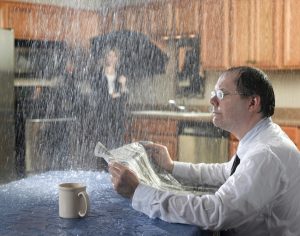 a covered “occurrence” because the damage was purportedly not unintended or unexpected. In recent years, however, courts have shifted course; the majority of courts have found that property damage arising out of faulty workmanship constitutes an “occurrence” under standard-form CGL policies. Additionally, some states enacted legislation requiring CGL policies to define occurrence to include property damage or bodily injury resulting from faulty workmanship, or have made it easier for insureds to obtain coverage for damages as a result of work the insureds performed.
a covered “occurrence” because the damage was purportedly not unintended or unexpected. In recent years, however, courts have shifted course; the majority of courts have found that property damage arising out of faulty workmanship constitutes an “occurrence” under standard-form CGL policies. Additionally, some states enacted legislation requiring CGL policies to define occurrence to include property damage or bodily injury resulting from faulty workmanship, or have made it easier for insureds to obtain coverage for damages as a result of work the insureds performed.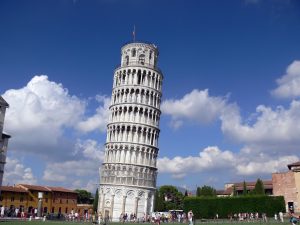
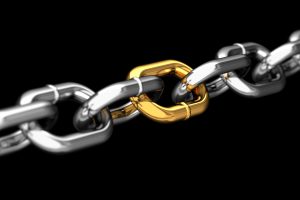
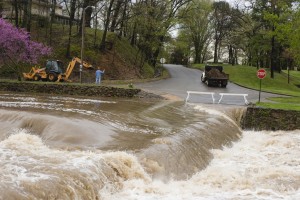 obtaining insurance proceeds and FEMA assistance are critical and immediate steps to recovery. The following practices can help maximize your recovery.
obtaining insurance proceeds and FEMA assistance are critical and immediate steps to recovery. The following practices can help maximize your recovery. 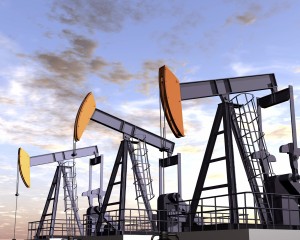 easingly bringing nuisance claims based on bright lights, loud noises, traffic, dust, odors, wastewater and other effects of these activities. A question facing the oil and gas industry is whether the costs of such nuisance claims are covered by insurance.
easingly bringing nuisance claims based on bright lights, loud noises, traffic, dust, odors, wastewater and other effects of these activities. A question facing the oil and gas industry is whether the costs of such nuisance claims are covered by insurance.